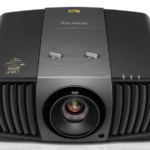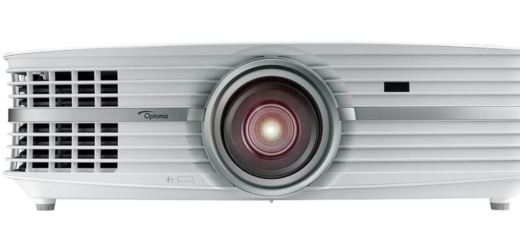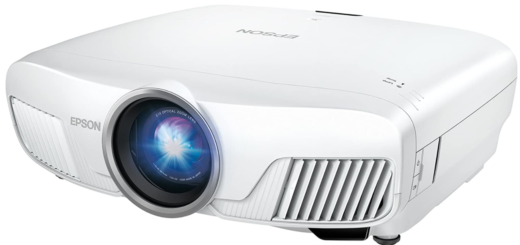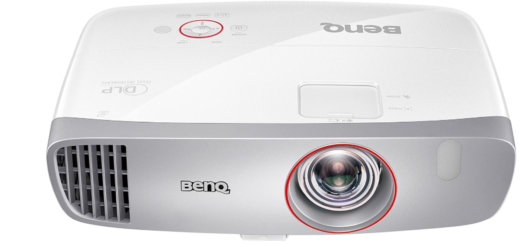BenQ HT8050 Review (4K DLP Projector)
For many decades now, LCoS buffs have had access to native BenQ HT8050 4K HT projectors from Sony, in addition to pixel-shifting versions from JVC. LCD fans can acquire pixel-shifting versions from Epson. However, lovers of DLP happen to be stuck in 1080p property unless they can afford anything similar to a Christie or even Barco three-chip BenQ HT8050 4K DLP projector made chiefly for pro cinema usage.
Design Of BenQ HT8050
The TI chip has been officially published in January 2016, nevertheless nonetheless the DLP fans had to wait until the entire year passed with no coming off almost any 4K-friendly single-chip DLP projectors. Thankfully, the wait has finished in 2017. In January, Optoma declared (and in June started selling) 2 4K-friendly DLP versions. BenQ HT8050 followed suit in February with the debut of the BenQ HT8050, the topic of the review.
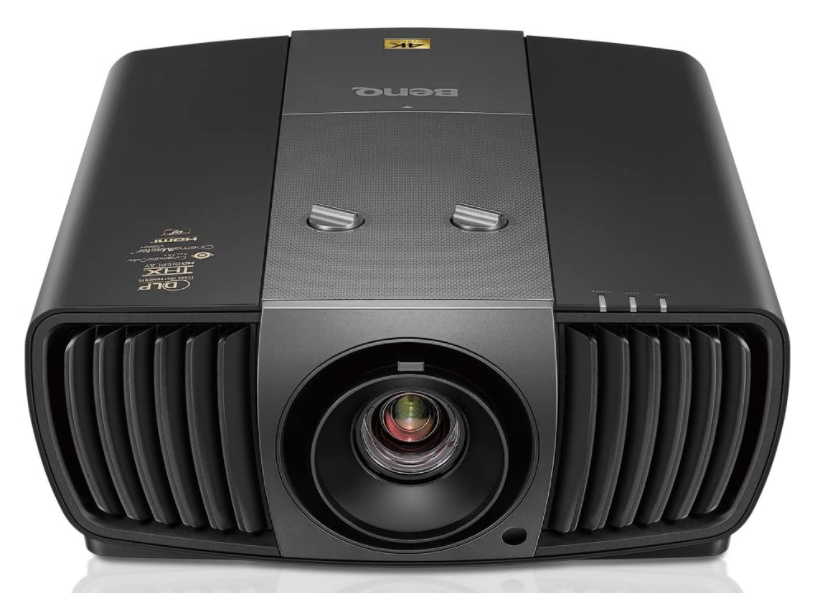
Let us talk directly upfront regarding the TI 4K processor. Ever since it was announced, there’s been disagreement over whether these projectors ought to be considered authentic 4K versions or be bundled together with all the pixel-shifting (aka lobulation) layouts from JVC and Epson. The solution lies somewhere in the center.
That is far better than the fundamental 1,920 by 1,080 resolution in the core of these pixel-shifters, but it is still half of the 8.3 million for finding a 3,840 x 2,160 UHD resolution. But, since TI clarifies it, the DMD’s rapid switching speed permits each micromirror to show two pixels, causing the entire UHD resolution onto the monitor. TI tags this fast-switching tech”XPR,” and that is the way that it’s known at the BenQ literature.
Video Quality Of BenQ HT8050
While the first comparisons I saw with the model 4K DLP projector were remarkable, they were not performed using a real-world product which I was able to try for myself. Happily, we now have real-world products to check, so we can eventually answer the settlement query. Obviously, I am not going to answer this right at this moment. You are going to need to read…
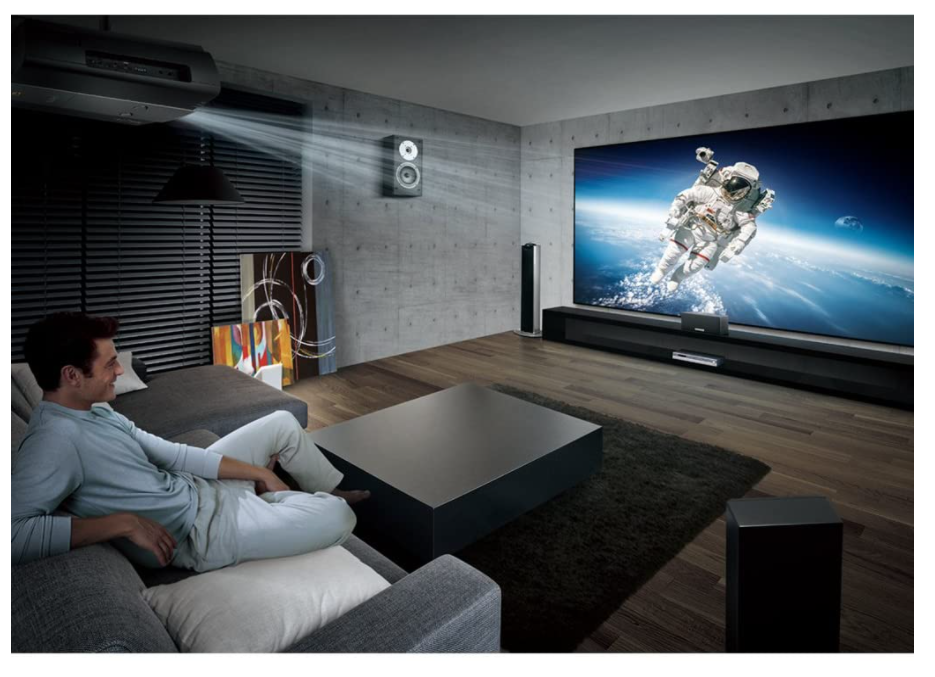
The BenQ HT8050 can take a complete 4K/60p sign from an Ultra HD Blu-ray participant or streaming media player, however, it doesn’t encourage High Dynamic Range playback, nor does it replicate the broader DCI-P3 color gamut employed in theatrical movies (which will be the current goal for UHD Blu-ray). This really is a THX- and – ISF-certified single-chip DLP projector using a six-segment (RGBRGB) color wheel. The TI processor doesn’t support 3D playback, therefore neither the BenQ HT8050 nor the Optoma versions can boast 3D for a feature.
BenQ HT8050 recently declared a step-up 4K version, the HT9050, which provides support for DCI-P3 color (although maybe not HDR), utilizes an LED light source in lieu of a bulb, also carries an MSRP of $8,999.
Installation and Features
The BenQ HT8050 is significantly more considerable in size and construct than the majority of the tiny sub-$2,000 home-entertainment-oriented DLP designs in the marketplace now. Measuring 18.5 inches wide by 8.9 elevated by 22.2 heavy and weighing 32.6 lbs, its chassis is comparable in bulk and heft into Sony’s native 4K offerings, in addition to the higher-end models from Epson and JVC. The chassis includes a two-tone conclusion.
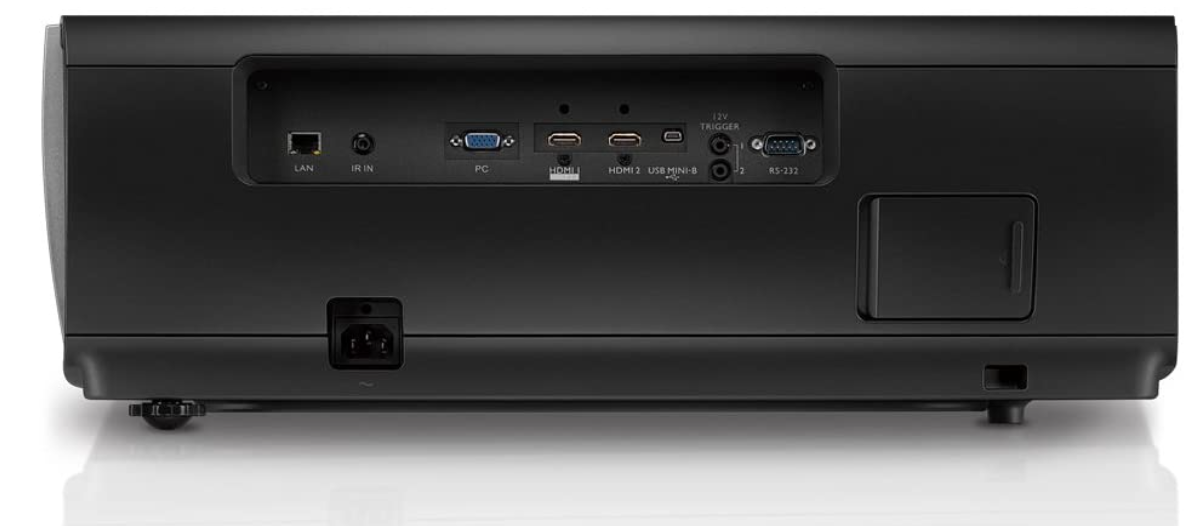
the left and right thirds are matte black, although the center has a distinctive aluminum finish. The center-oriented lens can be located between fan ports on each side and includes a manual focus ring, in addition to a lever to manually correct the 1.5x zoom. The BenQ HT8050 is pleasingly silent even in its smartest lamp style –considerably quieter than many funding DLP layouts.
You also receive a PC input, but no analog component/composite inputs–that is a frequent omission in those brand new 4K-friendly models. There is also 1 Type B mini USB interface for support only. This version omits the Form A USB port located on step-down versions such as the HT6050 which lets you power a wireless HDMI transmitter. On the left side, supporting a sliding door, you will find buttons for power, origin, style, menu, rear, fine, and navigation.
Inputs Of BenQ HT8050
The BenQ HT8050 has a throw ratio of 1.36 into 2.03; also, as well as its 1.5x zoom, it features +/-27 percent flat and +/-65 percent vertical lens altering to aid with image positioning –that can be much more generous than you frequently get in lower-priced DLP versions. As I do, I put the projector onto an equipment rack at the rear of my area; the stand is all about 46 inches tall and 12 feet out of my Apex 100-inch drop-down display, and I managed to center the BenQ HT8050 picture with nominal work. The HT8050 additionally supports using an anamorphic lens attachment.
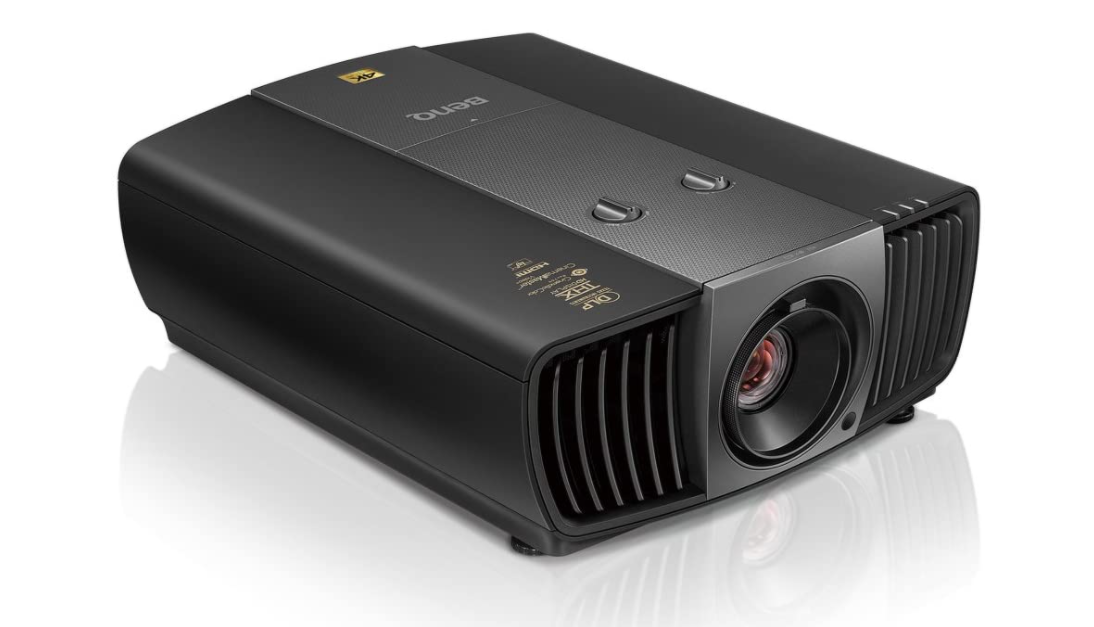
As a THX-certified projector, the BenQ HT8050 includes a committed THX image style, and that is how you get when you power on the projector. There are loads of innovative picture adjustments to do said calibration. You receive four color-temperature presets (normal, trendy, lamp native( and warm), however, they aren’t available from the THX or User image modes. A whole six-point color management system provides you the ability to adjust the color, saturation, and gain (brightness) of six colors.
The BenQ HT8050 lively iris could be switched to mechanically adjust the lens aperture to match the picture being displayed so as to boost the contrast ratio. Other alterations comprise 11 gammas presets (from 1.6 to 2.8); a BrilliantColor manner to enhance the color brightness; sound reduction; along with three lamp styles (normal, economical, and SmartEco).
OS, Apps, and Features
BenQ HT8050 CineMaster package of video processing software can also be accessible, together with adjustments for color enhancer, flesh tone, pixel augmentation 4K, Digital Color Transient Improvement (that”enhances the transition between contrasting colors”), along with Digital Level Transient Improvement (that”reduces sound from fast-switching luminance in the movie”). These are adjustable in tiny increments. I left color enhancer, flesh tone, DCTI, and DLTI place at zero or away.
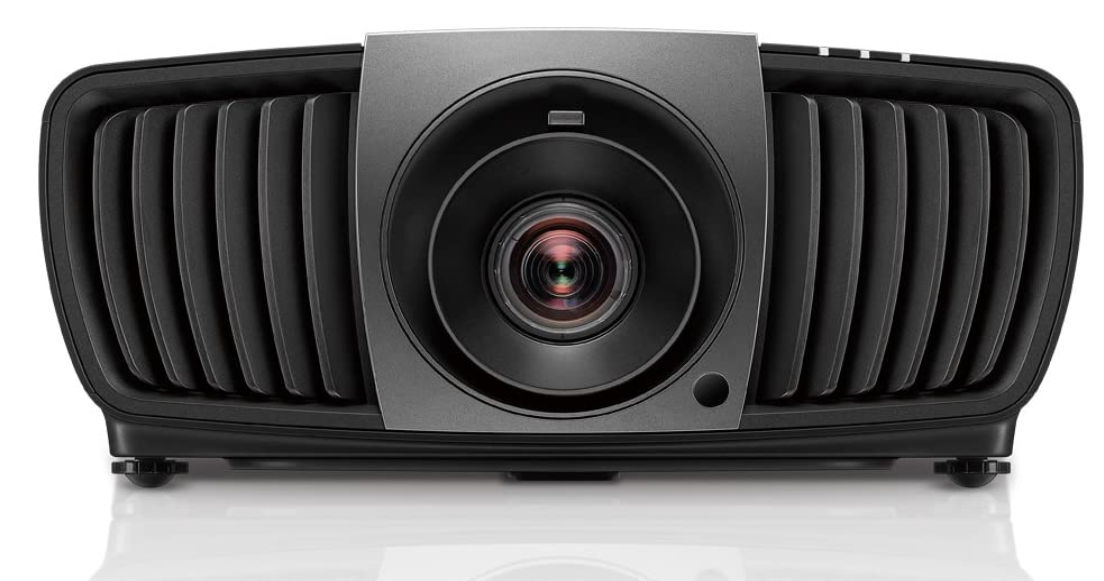
Pixel enhancers, even when used judiciously, can generate a great quantity of sharpness without producing an excessive amount of edge enhancement, or visible lines around items. I would not go any higher than about four (from 10). In other BenQ HT8050 versions.
the CinemaMaster segment is where you would come across the Motion Enhancer framework interpolation tool made to decrease motion blur and movie judder, but that feature is absent in this version. (Early reports indicated that the TI chip does not support frame interpolation, but among those newest Optoma UHD versions comprise frame interpolation.)
Obviously, the first thing I did after preparing the HT8050 was supposed to install some 4K resolution test routines, to see whether that projector actually moves a 4K resolution. The results were intriguing. Together with the”full resolution” flat and vertical patterns on Video Essentials, the HT8050 failed to pass the traces, however, they were rather irregular in brightness and were far less defined than they had been throughout the indigenous 4K projector, in which they seemed crisp and exact.
Setup and Features
The pattern looked somewhat like when you include overscan into the picture, making some roll-off in detail. This is true with both JPEG patterns and HEVC movie layouts. Now, previously, when I have analyzed pixel-shifting models from Epson and JVC, these 4K lineup patterns were totally clean because pixel-shifters are 1080p.

so that the HT8050 will pass more resolution than these versions, but I am loath to adopt it as a complete 4K. As soon as I switched from line patterns into the exact 4K dot design on the Samsung disk, the HT8050 didn’t pass the black and white dots that the way a native 4K display will.
Maybe in case you’ve got a far bigger display (state, 140 to 200 inches diagonal), then you may have the ability to find the difference. Interestingly enough, in the conclusion of my resolution evaluation, I snapped out the HT8050’s lens and also left the picture much bigger than my 100-inch display, along with the 4K resolution traces really looked a bit more defined (still not as clear as the Sony’s), so the projector’s detail appeared to gain from the shortage of zoom or bigger screen size.
There is something else I would like to point out concerning the 4K test routines when exhibited via the HT8050. A single-chip DLP projector similar to this one does not demand panel alignment, how an LCoS projector frequently does. My Sony projector has fairly good orientation, meaning I really don’t see many traces of green or red combined borders in real-world signs.
Performance Of BenQ HT8050
But once I set a precise 4K test routine throughout the Sony, there is a great deal of color altering because the smallest panel misalignment shows itself in such patterns. By comparison, the HT8050 exhibited no color shifting in some of those routines. Thus, the detail I did see had improved color purity.

Now let us proceed to the measurement/calibration part of the review. As I do, I began by quantifying the BenQ HT8050 different image modes since they come from the box with my Xrite I1Pro two-meter and CalMAN applications, to determine which one would be the nearest to mention criteria. Here, it had been the THX mode, which is frequently true at a THX-certified version.
But it is well worth pointing out that many of those BenQ HT8050 manners measure well from this box, and this provides more flexibility to pick the style that is suitable for your viewing environment. Both User manners have virtually equal measurements and light output since the THX mode, whereas the Cinema mode also includes low Delta Error amounts and is a fantastic bit wider than the THX style. The least true color was reddish, which had a mistake of just 3.4.
Measurements
As you can see in the dimensions graphs on-page, I managed to obtain better results after calibration. The highest gray-scale Delta Error fell to only 2.46, the general color/white equilibrium was excellent, along with the gamma typical was 2.42. Though the color points were very accurate, I managed to use the color management system to get better results. Outstanding outcomes, in reality –with six color points with a mistake under 1.0.

That number fell to 19 ft-L following calibration, which will be perfectly okay for seeing movies in a darkened theater area. The brightest picture style is the aptly called Intelligent style, which set out 60 ft-L but has been horribly inaccurate in its own white balance and color. Since I found back once I reviewed that the HT6050.
the Vivid picture style (that is normally the name given to the least exact manner ) really produces a great pick for daylight or brighter-room seeing of sports/HDTV articles. It set out roughly 46 ft-L in my display, and its greyscale and color are not too far off the mark in their own precision. Brighter HDTV and sports articles seemed rich and nicely saturated with a small ambient light in the room. With this HD content, the picture was very clear and sharp-looking.
Dimensions Of BenQ HT8050
Then it was time to have a look at the all-important regions of contrast and black level, utilizing a variety of Ultra HD Blu-ray as well as regular Blu-ray disks. I started my demos using the BenQ HT8050 lively iris switched on, with scenes in the Pacific Rim UHD disk. The light level was jumping all around the area –and we are not discussing subtle alterations, but unexpected leaps in brightness. I turned off the car iris for the rest of my evaluations.
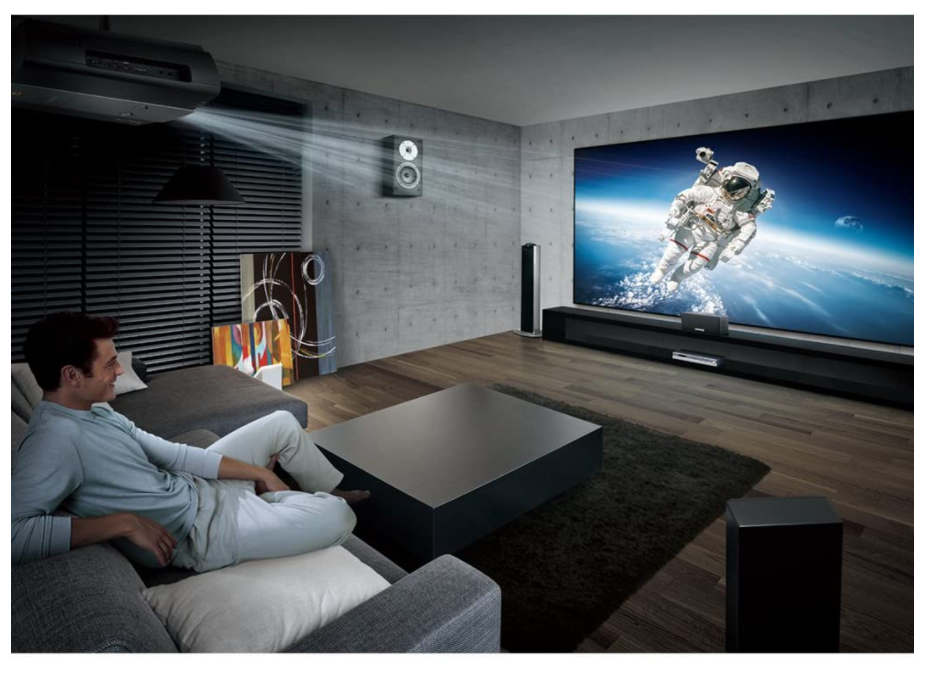
Even Sony clearly had improved black levels, contrast, and shadow detail; the gap between the two was not all that subtle, because the BenQ HT8050 black levels were especially lighter, and its own image always looked flattered and cleaned out with Blu-ray films. I switched the car iris back for some time to find out whether it made a massive difference in black-level functionality, but it did not help much.
Here are the dimension graphs for your BenQ HT8050, made using Portrait Displays’ Spectracal CalMAN program. These measurements reveal how close the screen gets to our present HDTV standards. Click each photo to see the chart in a bigger window. From a functionality standpoint, the BenQ HT8050’s major drawbacks are that its black level is not as fantastic as similarly priced (plus a few lower-priced) projectors, along with the high-quality caliber of its lively iris compels one to flip off it, further decreasing the picture comparison.
Final Thoughts
The BenQ HT8050 will take a 480i picture, which a lot of those new 4K-friendly projectors do not do. With 1080i articles, the projector properly handles 2:2 movie and 3:2 film resources, but it neglects the majority of the various cadence tests in my own Spears & Munsil Blu-ray test disk. You need to let your supply devices or an outside chip manage the deinterlacing responsibilities.
The BenQ HT8050 lacks a lot of features which you will see in different projectors that take a comparable MSRP (and lots of that priceless). The projector does not encourage Rec 2020/DCI-P3 color or High Dynamic Range, also it does not support 3D playback. I understand 3D is deemed dead from the TV world.
however, it is nevertheless a coveted feature for plenty of projector owners also makes sense at a big-screen HT surrounding. There is also no easy mode to decrease movie judder, which does not matter to me but is desired to a. Ultimately, some competitors provide higher zoom and lens-shifting quantities, and such purposes are motorized, rather than guide since they are around the BenQ HT8050.

